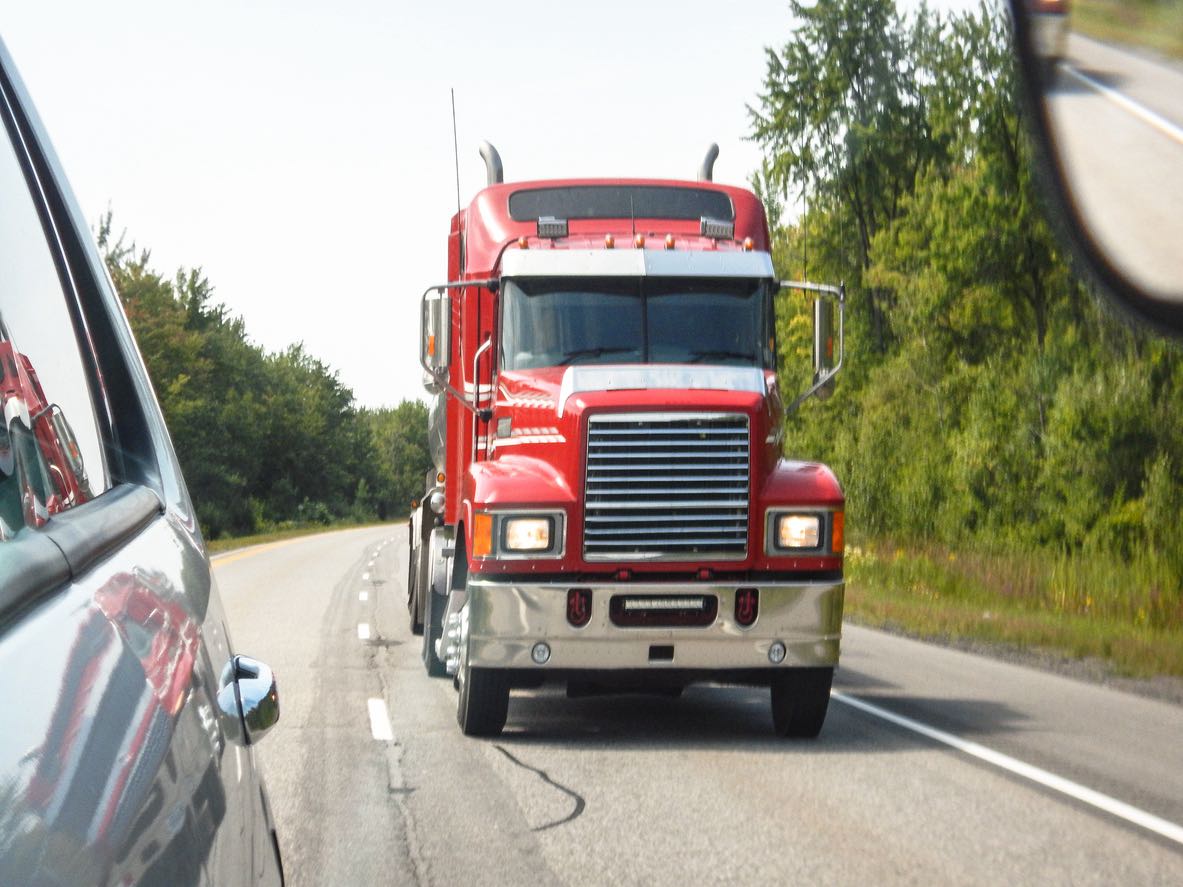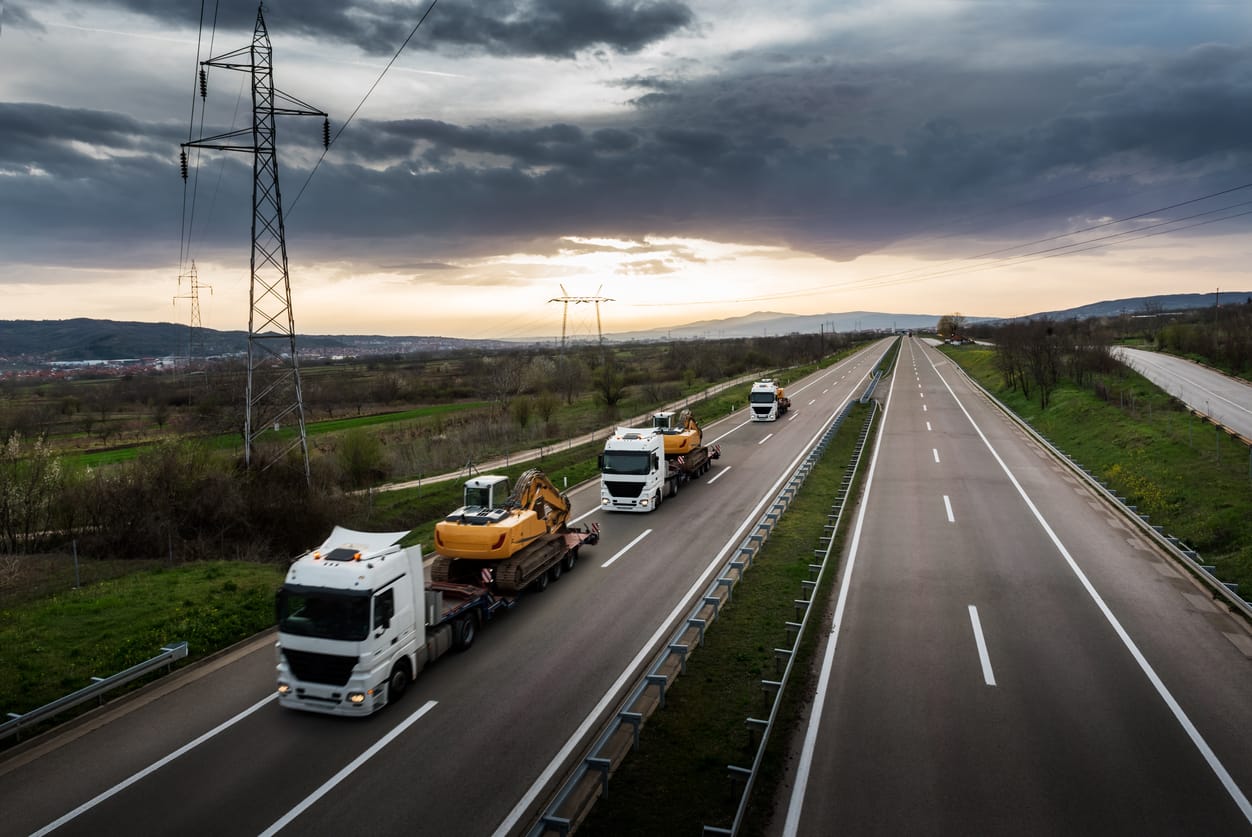The state’s plan to get necessary money for important infrastructure investments hinges on the impending 20% increase in toll prices on Delaware bridges. This change, which is expected to take effect on September 1st, is the first of its sort in more than ten years and reflects a well-thought-out attempt to support the transportation infrastructure and economic stability of the area. This article explores the factors that led to this rise, lists the particular infrastructure projects that will gain from the extra funding, and looks at the potential effects on area economic activity and traffic patterns. Stakeholders from regular commuters to major business operators might better grasp the need for and advantages of this policy change by being aware of these factors. We want to give a thorough picture of how this toll adjustment will significantly influence Delaware’s infrastructure and economic environment in the future through in-depth investigation.
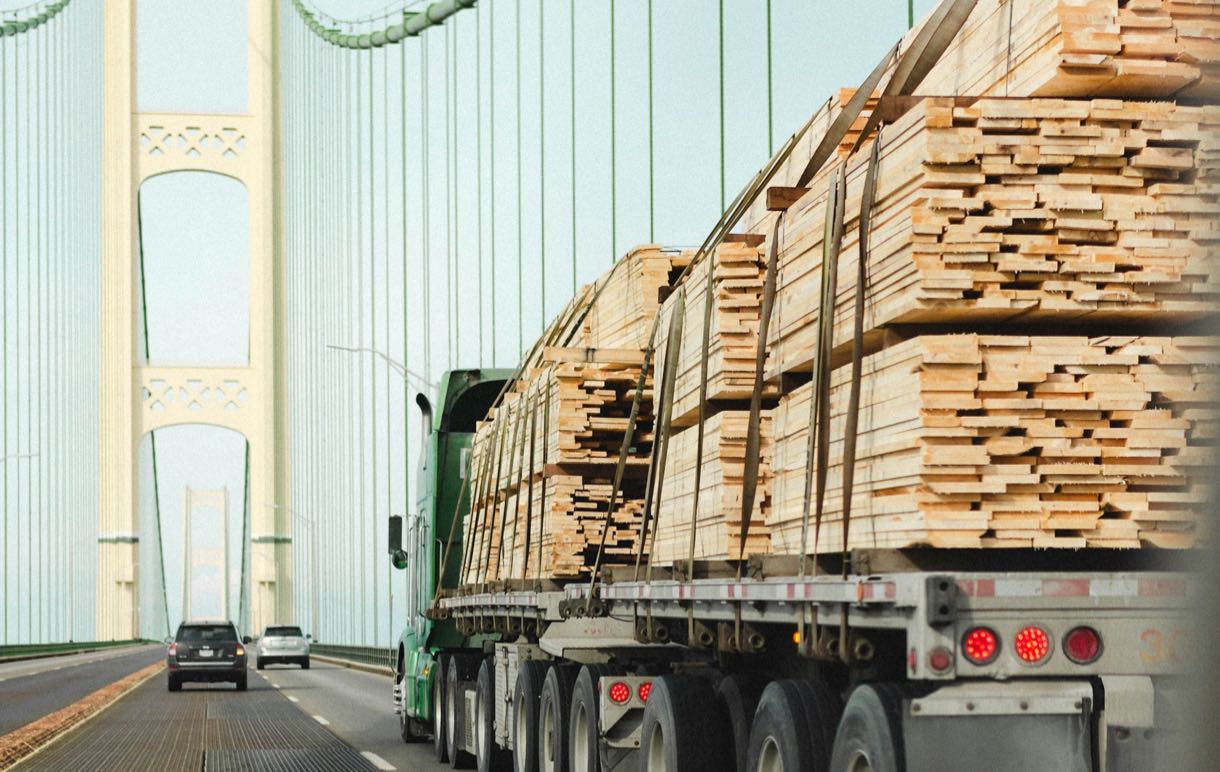
Historical Context
The Delaware River Port Authority (DRPA) has announced a major change to the toll charges on Delaware bridges, the first in more than ten years. With this modification, a 13-year run of unchanged toll rates comes to an end, despite shifting economic conditions and rising infrastructure maintenance expenses. In the past, toll increases have been the main source of revenue for improvements and upkeep of the Delaware River bridges, such as the Walt Whitman, Betsy Ross, Commodore Barry, and Ben Franklin bridges. These buildings promote both local and interstate business by linking important economic zones and acting as essential transportation routes.
2010 saw the most recent toll rate adjustment, which came after a period of public discussions and financial reevaluation. Since then, by exercising prudent financial management and looking for alternate funding for certain projects, DRPA has been able to prevent more hikes. However, this additional adjustment is required due to the widening disparity between available revenue and the cash needed for critical infrastructure projects.
Financial Strategies of the DRPA
Combining toll revenue collection with the wise use of bonds to fund larger projects is the DRPA’s approach to financial management. In the past, the authority has tied toll increases the Philadelphia region’s Consumer Price Index (CPI) in an effort to preserve a steady income stream that keeps up with inflation. By ensuring that toll prices accurately reflect the state of the economy, this approach serves to provide a steady and predictable source of finance for present and future infrastructure requirements.
Rationale for the Increase
DRPA’s corporate communications manager, Mike Williams, has shared some information about the most recent choices made over toll prices. A new toll plan that was originally scheduled to begin implementing CPI-linked biannual hikes in 2013 was authorized by the DRPA board in 2008. Nevertheless, because of a number of economic issues and in light of the financial strain on commuters and business users, these hikes were postponed nine times.
An extensive analysis of increases in the CPI through September 30, 2023, had an impact on the decision to enact a 20% hike, which took effect on September 1. The board decided on a more modest rise of 20% in order to balance the need for cash with the impact on users’ finances, even though the statistics indicated a 30% increase would be necessary to fully fund infrastructure projects.
This increase is intended to meet the pressing demands for the infrastructure of the bridges to be upgraded and maintained in order to guarantee its security, functioning, and safety. The DRPA highlights that although while the increase is significant, it is still less than what was initially estimated to be required based on the CPI, demonstrating the authority’s dedication to being fiscally responsible and limiting the effects on the general people. The goal of this calculated move is to fund vital projects without placing undue financial strain on the millions of people and companies who depend on these bridges on a daily basis.
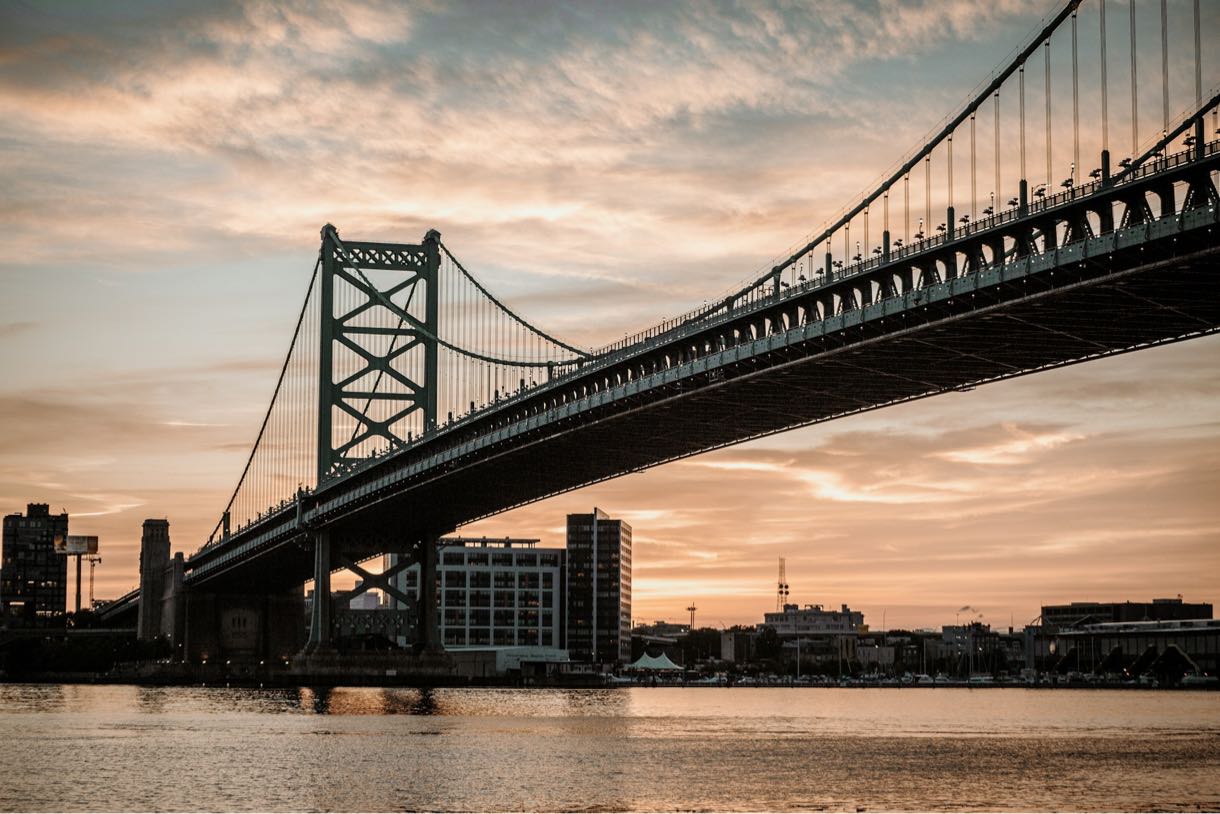
Capital Projects Funded
Scope of the Investment: The whole budget allocation of $794.2 million, which is divided over the next five years, is set aside for a number of high-priority projects that will benefit from the toll income. The purpose of this grant is to strategically improve the functioning and resilience of Delaware’s vital transportation assets.
Bridge Collision Protection Systems: The budget includes a noteworthy allocation for the advancement and improvement of bridge crash prevention systems. These devices are crucial for preventing ship accidents and reducing their negative effects on bridge structural integrity. In order to safeguard the bridge structure, this involves erecting physical barriers and sophisticated monitoring systems that are intended to absorb and disperse the energy from potential impacts.
Rehabilitation of Major Bridge Components: Large-scale restoration initiatives for important bridge components are also included in the budget. This covers the repair and restoration of old and worn-out components including the deck, suspension cables, and bridge support structures. Important projects include the $216.9 million restoration of the Ben Franklin Bridge’s anchorage and suspension span. They entail complex technical labor, such as installing new wind-lock assemblies, replacing pin-and-link assemblies, and renovating lateral bracing, among other crucial suspension system parts.
Expected Outcomes
Enhanced Safety and Security: Improving the bridges’ security and safety is the main goal of these infrastructure projects. By modernizing and strengthening structural elements, the bridges will be more capable of withstanding both routine traffic volumes and extreme strains, including those resulting from major accidents or natural catastrophes.
Improved Functionality and Longevity: Enhancing the bridges’ operation and prolonging their lifespan are further anticipated benefits of these upgrades. Better traffic management technologies and updated tolling schemes will result in less traffic jams and more efficient traffic flow. Furthermore, with routine upkeep and the most recent improvements, it is anticipated that the bridges will continue to support the local towns for many years to come without requiring significant repairs, guaranteeing continued connection and regional economic activity.
Economic and Environmental Benefits: These projects’ effects extend beyond the immediate physical improvements to include wider economic and environmental ones. Because improved infrastructure facilitates better traffic patterns, vehicles use fuel more efficiently and emit less pollutants. Economically speaking, it is projected that these projects will sustain local employment in the engineering and construction industries throughout their implementation stages and enhance the general economic well-being of the area by enhancing the effectiveness and dependability of the transportation system.
By funding these important initiatives, toll money helps the Delaware region’s long-term sustainability and economic development in addition to meeting the urgent need for increased safety and functioning.
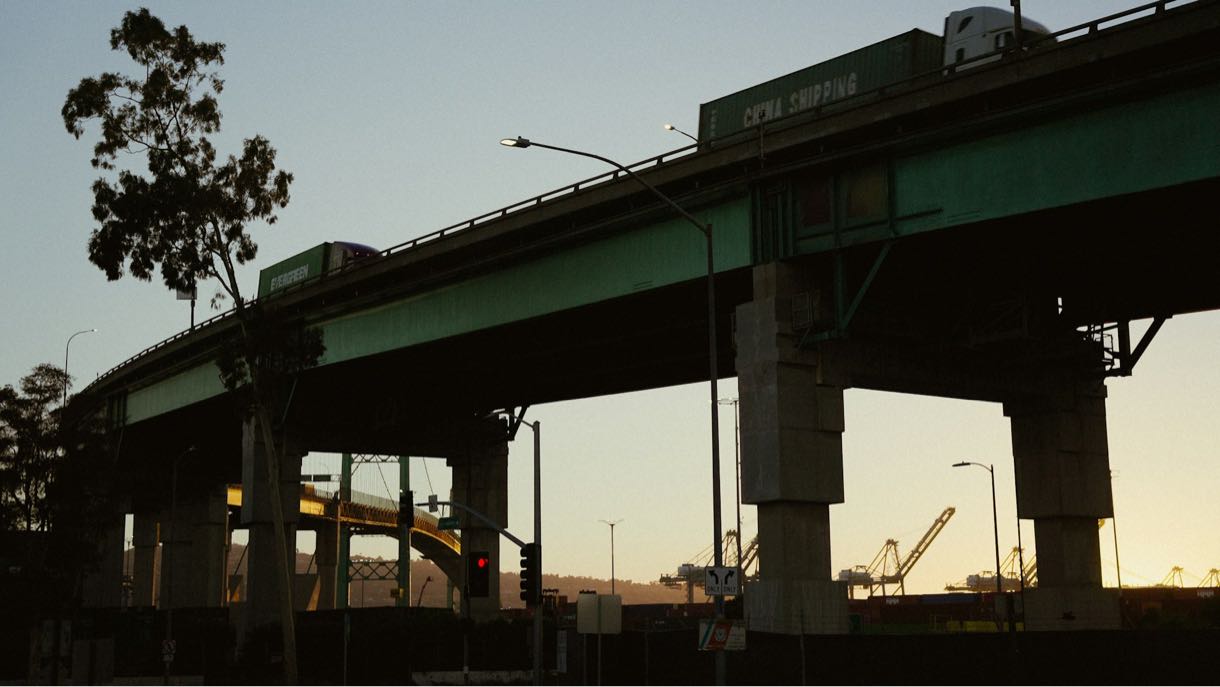
Impact on Traffic Patterns
Changes in Commuter Behavior: With the Delaware bridges toll hike in place, we may expect changes in the way people and companies handle their everyday commutes and mode of transportation. In order to lessen the financial burden of everyday travel, commuters may be encouraged by higher expenses to look for alternate routes or forms of transportation, such as carpooling or public transportation. This modification might lead to less traffic on toll bridges while perhaps increasing traffic on other, toll-free routes.
Adjustments in Commercial Traffic: The toll increase directly increases operating expenses for the business sector, especially the trucking industry. In order to save money, businesses may decide to change their routes, which can result in more usage of minor roads that aren’t meant for high traffic volumes. This detour may hasten the deterioration of the roads and need more infrastructure planning on the part of local governments.
Long-term Transportation Trends: The toll increase may eventually have an impact on more general transportation trends, such as the need to invest in infrastructure to support alternative modes of transportation or technology, including electric car charging stations or enhanced public transportation alternatives to handle anticipated increases in usage.
Economic Implications
Direct Impact on the Trucking Industry: The toll increase is anticipated to have an immediate impact on the trucking industry, which is essential to the movement of commodities around the region. Higher pricing for items might be a result of increased operational costs, which could increase living expenses in the Greater Philadelphia region. To offset the increased toll costs, these hikes may also encourage the sector to enhance operational efficiency through better route planning and logistics.
Broader Economic Effects: Important infrastructure projects will be financed by the increased toll income, which might boost the regional economy. Infrastructure development frequently results in the creation of jobs—direct and indirect—related to the building, engineering, and maintenance processes that follow. Furthermore, because increased accessibility and lower transportation costs result from completed projects, improved infrastructure might attract new company investments to the region.
Impact on Local Businesses and Residents: Even while firms would have to pay more for transportation, the long-term advantages of better infrastructure might offset these upfront expenses. Improved company operations, stronger economic growth, and a general increase in the standard of living for locals may all be attributed to better infrastructure. There will be a transitional phase, nevertheless, while companies and customers get used to the new pricing structure brought about by the toll rises.
Ultimately, the toll increase creates opportunities for major economic and infrastructural improvements that will benefit the Greater Philadelphia area in the long run, even while it also presents obstacles due to changed traffic patterns and increased operations expenses. The region’s economic health and the effectiveness and safety of its transportation system depend heavily on these advancements.
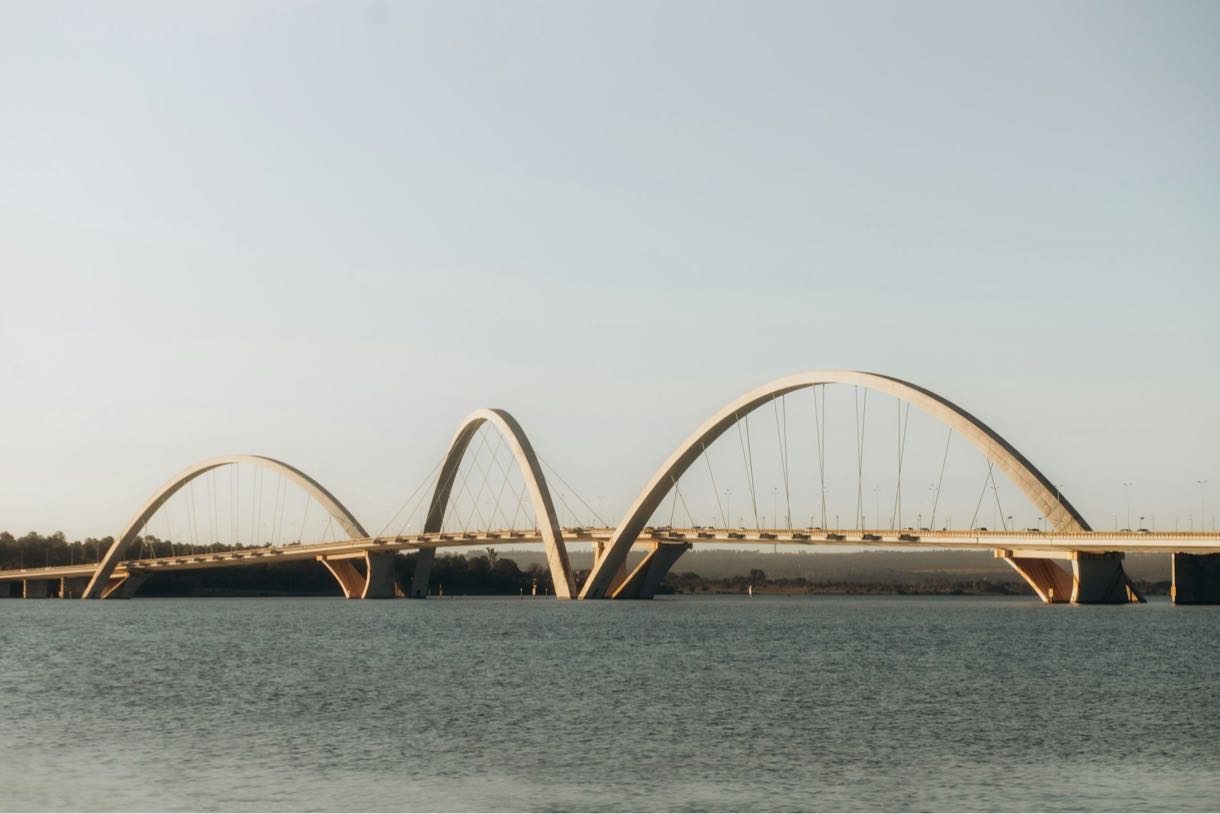
An important first step in guaranteeing the durability and security of vital infrastructure that thousands of people rely on every day is the toll hike on Delaware bridges. The move is clearly justified in the long run, even though there are certain drawbacks, such as altered budgets for frequent commuters and the immediate financial impact on commercial transportation. This toll rate modification, the first of its kind in more than 10 years, will directly pay for significant maintenance and enhancement initiatives. These are vital improvements that guarantee the bridges’ security, operation, and safety rather than just ornamental ones. In the end, by making investments in our infrastructure now, we ensure safer, more effective transport for everyone—from regular commuters to multinational corporations—further supporting the structural and economic health of the whole area.

What makes Ship A Car, Inc. the right choice for your automobile shipping needs? Ship A Car, Inc. provides outstanding service and dependability for car shipping, regardless of the brand or kind and destination throughout the US, including Delaware. To talk with a knowledgeable transport consultant who can get you the best shipping quote, give (866) 821-4555 a call right now. Ship A Car, Inc., the top auto and freight shipping provider in the USA, is known for its quality and dependability, making sure that your car will always arrive promptly and securely. Put your trust in us to handle every aspect of the logistics of your car shipment; our all-inclusive shipping options will give you peace of mind. For hassle-free nationwide auto shipping, use Ship A Car, Inc. whether you’re moving, purchasing a new car, or shipping a classic to a show.
Q1: How will the toll increase affect daily commuters?
A: There is a possibility that the rise may result in some slight modifications to the expenses of commuting; nonetheless, the increase is intended to be reasonable and is compensated for by the advantages of enhanced infrastructure.
Q2: What specific infrastructure improvements can we expect to see?
A: Upgrades include improved collision protection systems for bridges as well as full rehabilitation of components that have reached the end of their useful life, which guarantees both long-term safety and functioning.
Q3: How does the toll increase support local economic growth?
A: By providing funds for essential infrastructure projects, the rise in tolls contributes to the maintenance of a solid transportation network, which is essential for the growth and stability of the economy.

